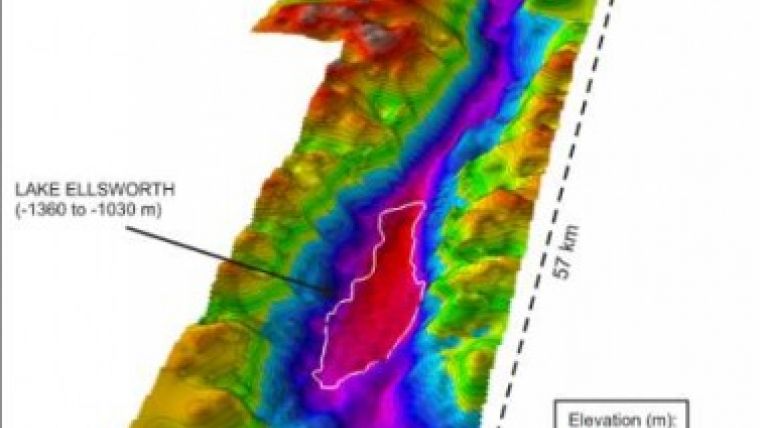Under-ice Lake Survey
A British engineering team is heading off to Antarctica for the first stage of a scientific mission to collect water and sediment samples from a lake buried beneath three kilometres of solid ice. Transporting nearly 70 tonnes of equipment, the ‘advance party’ will journey almost 16,000km from the UK to subglacial Lake Ellsworth on the West Antarctic Ice Sheet (WAIS). It is one of the most remote and hostile environments on Earth, with temperatures of –25°C.
Their task is to prepare the way for the ‘deep-field' research mission that will take place one year later. In October 2012, a team of ten scientists and engineers will use hot-water drilling technology to make a three kilometre bore hole through the ice. They will then lower a titanium probe to measure and sample the water followed by a corer to extract sediment from the lake. Lake Ellsworth is likely to be the first of Antarctica's 387 known subglacial lakes to be measured and sampled directly through the design and manufacture of space-industry standard ‘clean technology'.
For years scientists have speculated that new and unique forms of microbial life could have evolved in this cold, pitch black and isolated environment. Sediments on the lake bed are likely to reveal vital clues about the history of life in the lake and the ancient history of the WAIS, including past collapse.
The Lake Ellsworth Programme Principal Investigator, Professor Martin Siegert from the University of Edinburgh, says that for almost 15 years they've been planning to explore this hidden world. Only now the expertise and technology is available to drill through Antarctica's thickest ice and collect samples without contaminating the untouched and pristine environment.
The five metre long water sampling probe was designed and built by engineers at the National Oceanography Centre in Southampton. Made of the highest grade of titanium to ensure maximum sterility and strength, it will collect 24 water samples at different lake depths. It will also capture the top layer of sediments at the lake-floor / water interface.
Scientists at British Antarctic Survey and Durham University, working in partnership with Austrian business UWITEC, have designed and built a sediment corer, which can extract a core up to three metres long. The percussion-driven piston corer is strong enough to penetrate even the most compacted glacial sediments to extract a core sample.
Next year the team of scientists and engineers will live in tents, spending around three months working at one of the coldest and windiest places on Earth.














